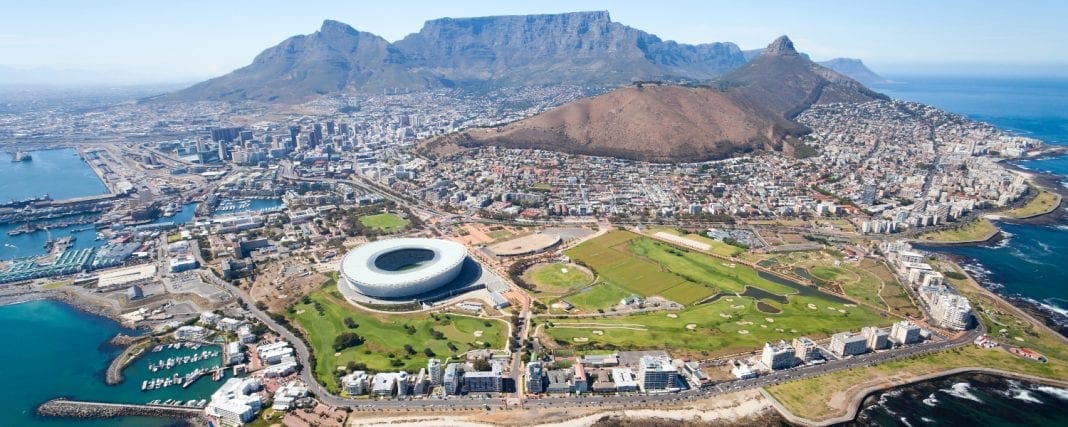Rich in wildlife as well as cultural and heritage sites, the East African region joined other African states and rest of the world to mark World Tourism Day earlier this week. Under the theme of “Tourism and Rural Development,” the East African Community (EAC) celebrated World Tourism Day in a 2-hour virtual session.
Home to some of the beautiful wildlife sites in the world, the EAC region hosts a quarter of all protected areas in Africa and some of the greatest global concentrations of large mammals in both protected and non-protected areas.
The region is better known for the unparalleled phenomenon of the wildebeest migration that occurs annually between July and October in the Serengeti and Maasai Mara Ecosystem that traverses Kenya and Tanzania. East Africa is home to world-renowned tourist sites including the Ngorongoro Conservation Area in Tanzania, Amboseli National Park in Kenya, and the Mountain Gorilla parks in Rwanda and Uganda.
The EAC Deputy Secretary General in charge of the Productive and Social Sectors, Mr. Christophe Bazivamo, noted during the event that the tourism sector’s contribution to the Gross Domestic Product (GDP) in the region is estimated at 9 percent in addition to an average of 20 percent of export earnings.
In regards to employment, the tourism industry contributes an average of 8 percent to job creation in the EAC regional partner states which is about 4.2 million direct and indirect jobs with a huge proportion of the jobs being generated in the rural areas neighboring wildlife parks and other such tourist sites.
“Tourism has important backward linkages to the local economy and, therefore, contributes to growth and employment in other sectors including agriculture and manufacturing that benefits the local communities,” Mr. Bazivamo said.
Nowhere else in the world is this year’s theme more fitting than the EAC partner states, as most of the tourism products in the region are mainly nature based and thus found in the rural areas. The EAC region largely depends on national parks and wildlife reserves, as well as wildlife conservancies that traverse the entire region.
The COVID-19 pandemic has brought about unprecedented economic disruptions that have dramatically affected the tourism sector in the region. This has had far-reaching effects, especially to the rural communities that depend on tourism, through loss of jobs and livelihoods. However, the EAC recognizes Tourism as one of the most resilient sectors and is, therefore, prioritizing its recovery.
The recovery of the sector is also expected to stimulate the recovery of allied sectors such as agriculture and manufacturing that will also benefit rural communities. Besides wildlife, the region boasts of rich cultural diversity that arises from different ethnic groups, each with a unique story to share with the world.
The communities in rural areas, especially those living adjacent to the wildlife conservation areas, have an opportunity to benefit from the tourism sector along the entire value chain. These include employment opportunities in the hotels and other tourism-related establishments, entrepreneurship in the form of the selling of artifacts, and most importantly in some communities, the benefit from revenue-sharing schemes that have been established under the conservation areas.
The EAC has made major strides in putting up infrastructure in the region such as increased road connectivity between and within the Partner States, which has opened up tourism areas and enhanced access to tourist sites. The recovery of the sector is also expected to stimulate the recovery of allied sectors such as agriculture and manufacturing that will also benefit rural communities.
A number of measures and interventions to revitalize the tourism sector have been proposed. Topping the list is the need to strengthen domestic and regional tourism, which is expected to recover faster than international tourism.
The EAC partner states are, therefore, encouraged to stimulate demand for tourism goods and services by the domestic market, Bazivamo noted.
#mmegharị njem
IHE Ị GA-Ewepụ na edemede a:
- Home to some of the beautiful wildlife sites in the world, the EAC region hosts a quarter of all protected areas in Africa and some of the greatest global concentrations of large mammals in both protected and non-protected areas.
- “Tourism has important backward linkages to the local economy and, therefore, contributes to growth and employment in other sectors including agriculture and manufacturing that benefits the local communities,” Mr.
- than the EAC partner states, as most of the tourism products in the region are.























